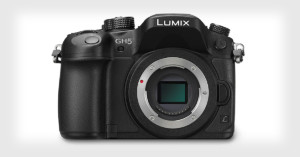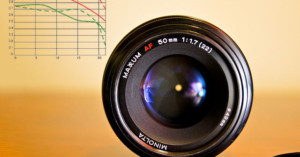
Sony’s New Alpha 7R V Features Intelligent ‘Deep Learning’ Autofocus
Sony has announced the Alpha 7R V full-frame camera which features a brand-new AI focusing system. Called Real Time Recognition, this “deep learning” trained system can detect not only humans but also birds, animals, planes, trains, cars, and insects.






































